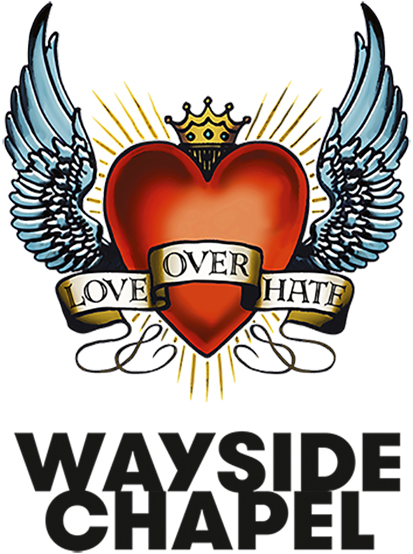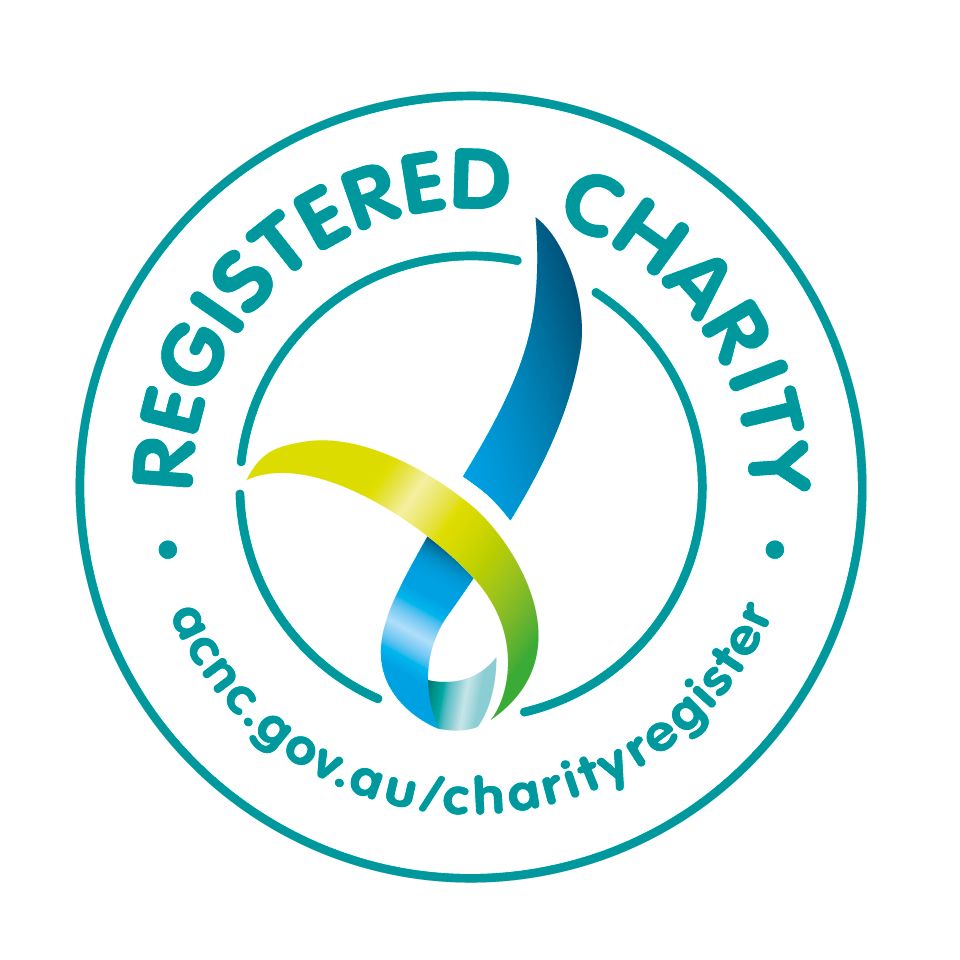Dear Inner Circle,
Imagine the hottest day you’ve known in Sydney. Now add 10 degrees and you’ll begin to understand summer in Mount Druitt where I used to live prior to starting at Wayside Chapel. On a 38 degree day, 90% humidity, a mate and I engaged in an important social ritual; the famous “slurpee run”. The much-needed icy drink from the local 7-Eleven was the only thing that could bring relief on those sweltering days. We hopped into the car and cruised off, but we weren’t even 200m down the road when the flash of sirens stopped us. We looked at each other nervously as we were both weren’t wearing shirts. I had only ever had positive experiences with police, so I was calm, polite and engaging, turning on my charm, wondering if wearing no shirt was illegal. When asked for my licence, my heart sank, I’d left it at home. I apologised and offered to go back to grab it, as we were close. “No problems,” said the young policeman, “just make sure it’s on you next time”. As he drove off, I looked over and realised that my mate had a look of frozen terror. I tried to bring some calm into the car, “He didn’t even worry about our shirts mate.” “The shirts were the least of my worries,” said my young friend, “if that was just me, I’d probably have spent the night in lock-up”.
Growing up dark-skinned in Australia through the 70s and 80s was no bed of roses for us. As a child, I was taunted for being black. I was occasionally beaten up for nothing other than the colour of my skin. There were very few roles in school plays available for us dark-skinned kids – none of my sisters were ever cast as Snow White that’s for sure! We landed the roles of villains with surprising ease though. Mum and Dad copped a fair bit of verbal abuse too. Once I recall walking with a white girl in a shopping centre and someone told her that what she was, “doing wrong”. Admittedly the “Battered Sav” we were sharing had its drawbacks, but I suspect it was her friendship with a black guy that had caused the offence.[vc_row columns_on_tablet=”keep” padding_top=”0″ padding_bottom=”0″][vc_column h_text_align=”left” h_text_align_mobile=”left” v_align=”v-align-middle” use_background=”” width=”1/1″][tm_image image_id=”2693″ link_image=”none” textarea_html_bkg_color=”#ffffff” caption_type=””][/tm_image][/vc_column][/vc_row][vc_row columns_on_tablet=”keep” padding_top=”50″ padding_bottom=”50″][vc_column h_text_align=”left” h_text_align_mobile=”left” v_align=”v-align-middle” use_background=”” width=”1/1″][tm_textblock textarea_html_bkg_color=”#ffffff”]I’m not prepared to call this racism. It was fear and misguided assumptions about my racial group. For me, racism is not so much a biological construct as it is a socio-political one. Once much of the apprehension around me slowly dissipated, apart from a few minor hiccups along the way, my life has been a privileged one, and in some ways, my skin colour worked for my advantage. However, I know that I have also been afforded a lot more opportunities than many others along the way. Racism contains an element of prejudice, but it is also is about power. We all too often confuse prejudice for racism. Racism is a system that allows a racial group already in power to retain that power. The same system that I trust, filled my mate with terror. He has lost cousins in custody. We will not address racism through mere sentiment alone, by claiming to be “colour-blind” or believing in equality. It only comes as we examine the systems and structures that advantage some over others and re-assemble a far more equitable and just system. As Cornel West, an American philosopher, political activist, and social critic says, “justice is what love looks like in public”.
On a slightly lighter note, our teams that visit people in their homes have started to deliver pot plants with cuttings from our gardens for ‘adoption’; its a small gift with instructions on how to care and nurture the plant. Its providing fertile ground for conversations. There is nothing more human than a conversation and it’s exactly what we need in these times. Last week a man who we visited named his plant “Barry”. It’s more fun to ask about how Barry is going than to ask him about his own feelings. One of the ways we create ‘the other’ is by caring for something else. Watch little kids with dolls or pets. For us to ask, “How is Barry going?” is truly a move toward conversation and improved mental health, you can see it in his face as he lights up when he is asked about his “mate”.
Thanks for being part of our Inner Circle,
Jon
Jon Owen
Pastor & CEO
Wayside Chapel


